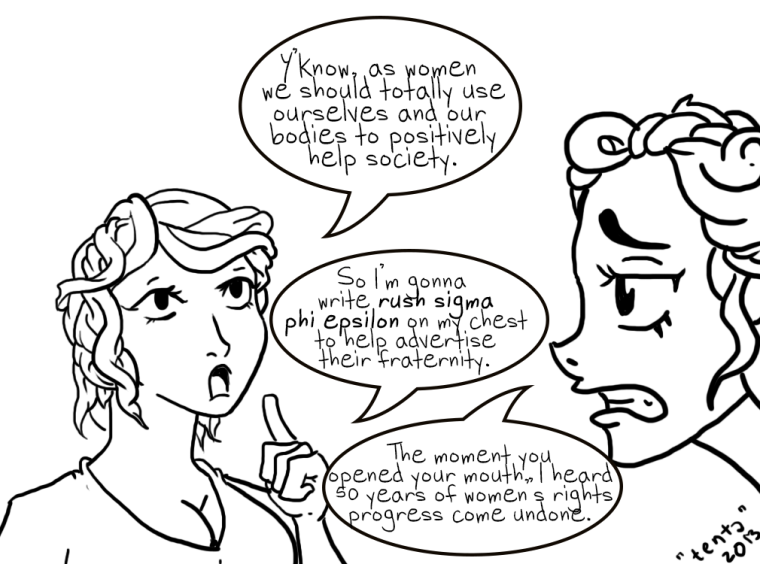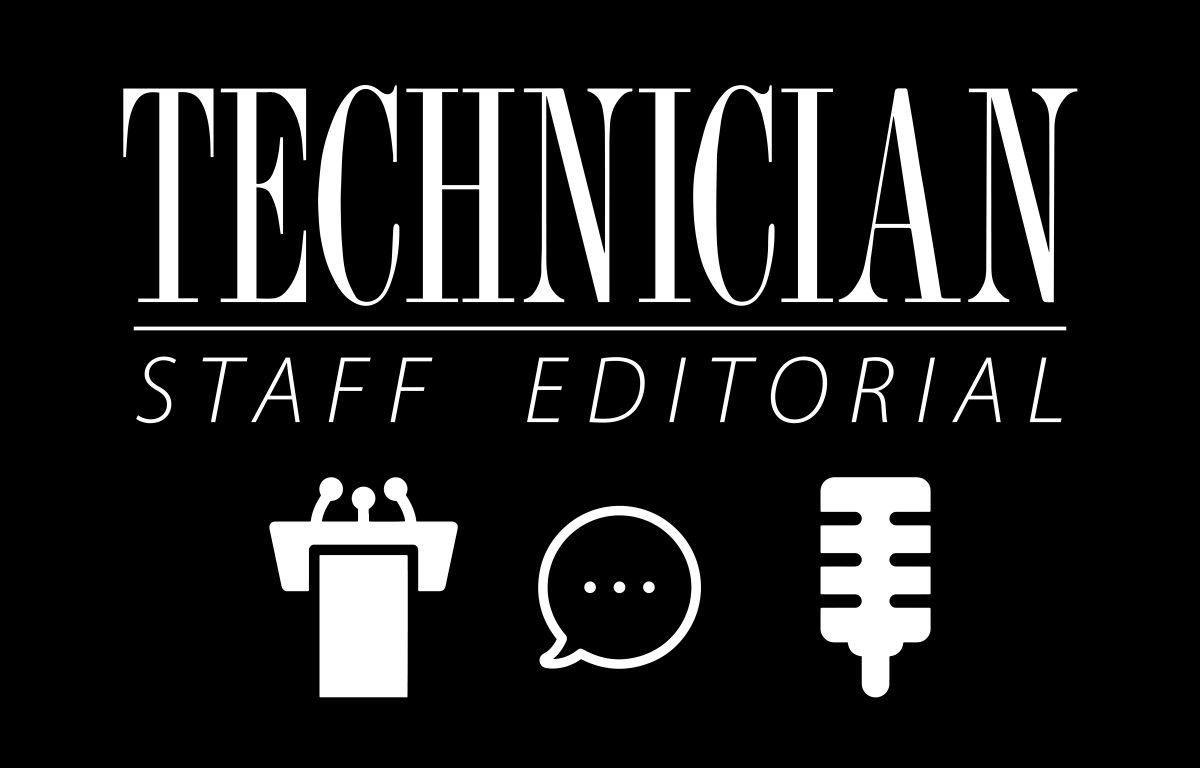Fifty years ago last week, Betty Friedan published The Feminine Mystique. What started in 1957 as a survey led to further research, then an article which no magazine would publish, and finally, a book — the book, rather, that is now widely credited with sparking the second wave of feminism in the United States. But even 50 years after Friedan’s book came out, Technician recognizes the relevance of what the book stands for, especially in regard to sexualization in college life.
In The Feminine Mystique, Friedan examined “the problem that has no name” — the ubiquitous unhappiness of women in the U.S. in the 1950s, conducting interviews and discussing the lives of several housewives. The book also studied and critiqued existing psychology, media and advertising, providing the theoretical basis for second-wave feminism.
While first-wave feminism had a political focus — suffrage, property rights, etc. — the new second-wave feminism questioned the day-to-day, expected existence of women. In large measure using the ideas presented in The Feminine Mystique, second-wave feminism broadened its realm of issues to include social and cultural matters — it legitimized women wanting “more than my husband and my children and my home.” Along with challenging societal assumptions about sexuality, the family, the workplace and reproductive rights, second-wave feminism also spoke out against violence and spurred a battle in both the legal and cultural arenas to fight rape at various levels in our society.
The problems which permeate our society, however, appear magnified on college campuses, and Friedan’s book remains relevant because of the unhealthy college experience that Hollywood, pop culture and a lack of parental supervision encourage.
The second wave of feminism is considered to have ended in the early 1980s, but the feminist movement has not — we live in the era of third-wave feminism — and there is no good reason for us to leave behind the legacy The Feminine Mystique created. Many of the attitudes toward women it fought against still persvist today, notably in colleges. Women continue to be defined by roles that objectify them or render them “the second sex,” and our universities aren’t always sending the right messages. In 2009, “lady-killer” playboy Tucker Max, who wrote I Hope They Serve Beer in Hell, visited N.C. State to promote the film rendition of his book. A month ago, news surfaced that UNC-Chapel Hill deliberately underreported sex assault cases.
The problem also stems from our social institutions. We have in fraternity culture “rush boobs.” Fraternity members in universities across the country urge girls to write “Rush (Insert Fraternity Name Here)” across their (invariably large-breasted) chests for promotional purposes. This practice, www.totalfratmove.com reports — with a weekly pick of 50 pictures of rush boobs (and some rush a**es) — has seen a “massive resurgence in the world” in the past couple months. Women and their sexual features do not exist to attract people into fraternities. Promoting such behavior reinforces the notion that women are nothing more than what is apparent on the surface. It hurts the acknowledgement of women being as human as men.
These examples are only snapshots of a comprehensive situation in our society in which gender-based inequality is a very real problem. Last semester, the University held a number of events to commemorate the 50-year anniversary of the book Silent Spring by Rachel Carson. For a different struggle, The Feminine Mystique was just as monumental. Even if no events have been planned to remember its legacy, Technician believes that we as a campus community should mark the 50-year anniversary of the publication of The Feminine Mystique by living up to the spirit and values the book embodies. And by all means, spread the message of Friedan, as long as it’s not written across your body.




